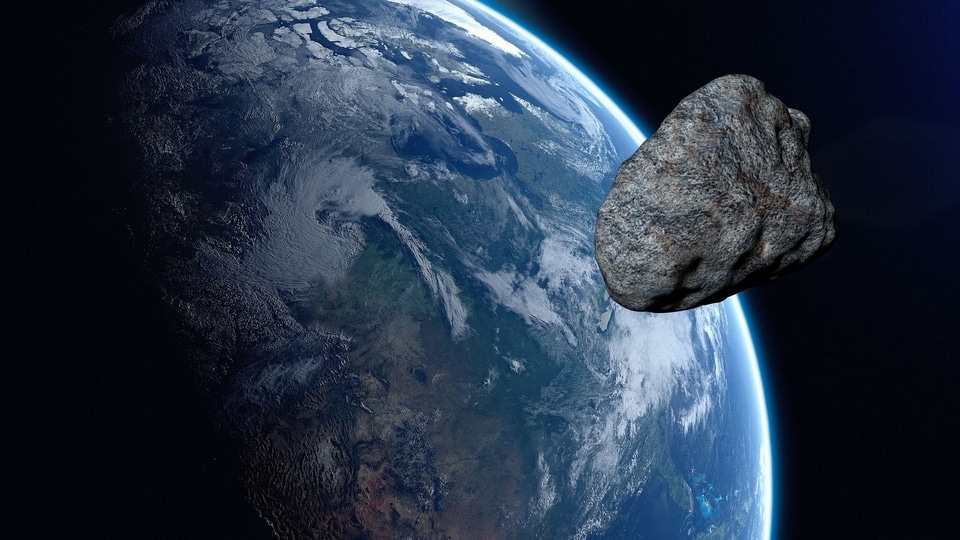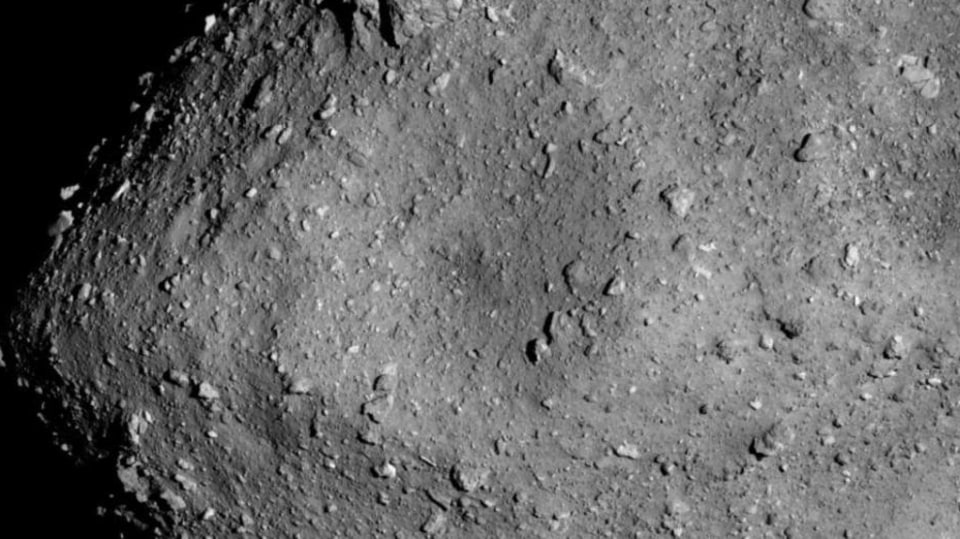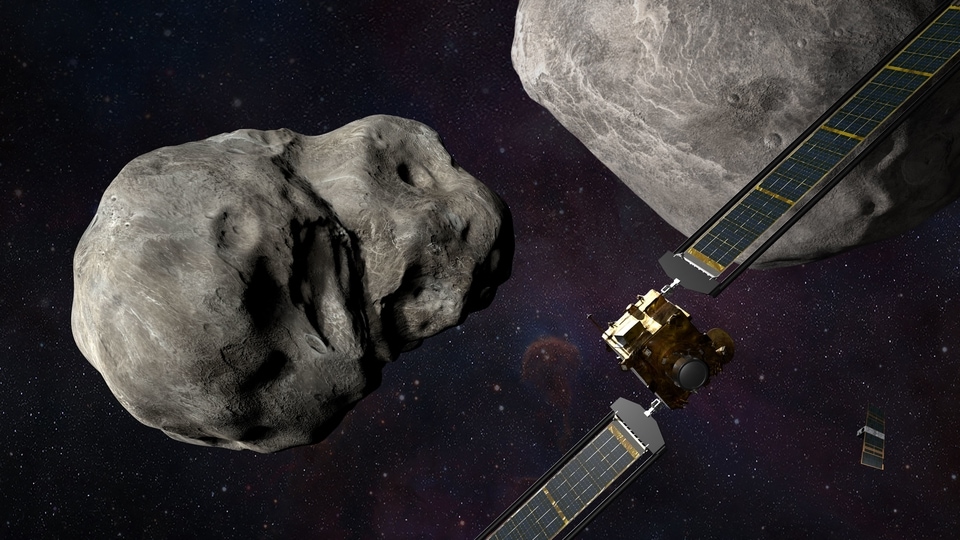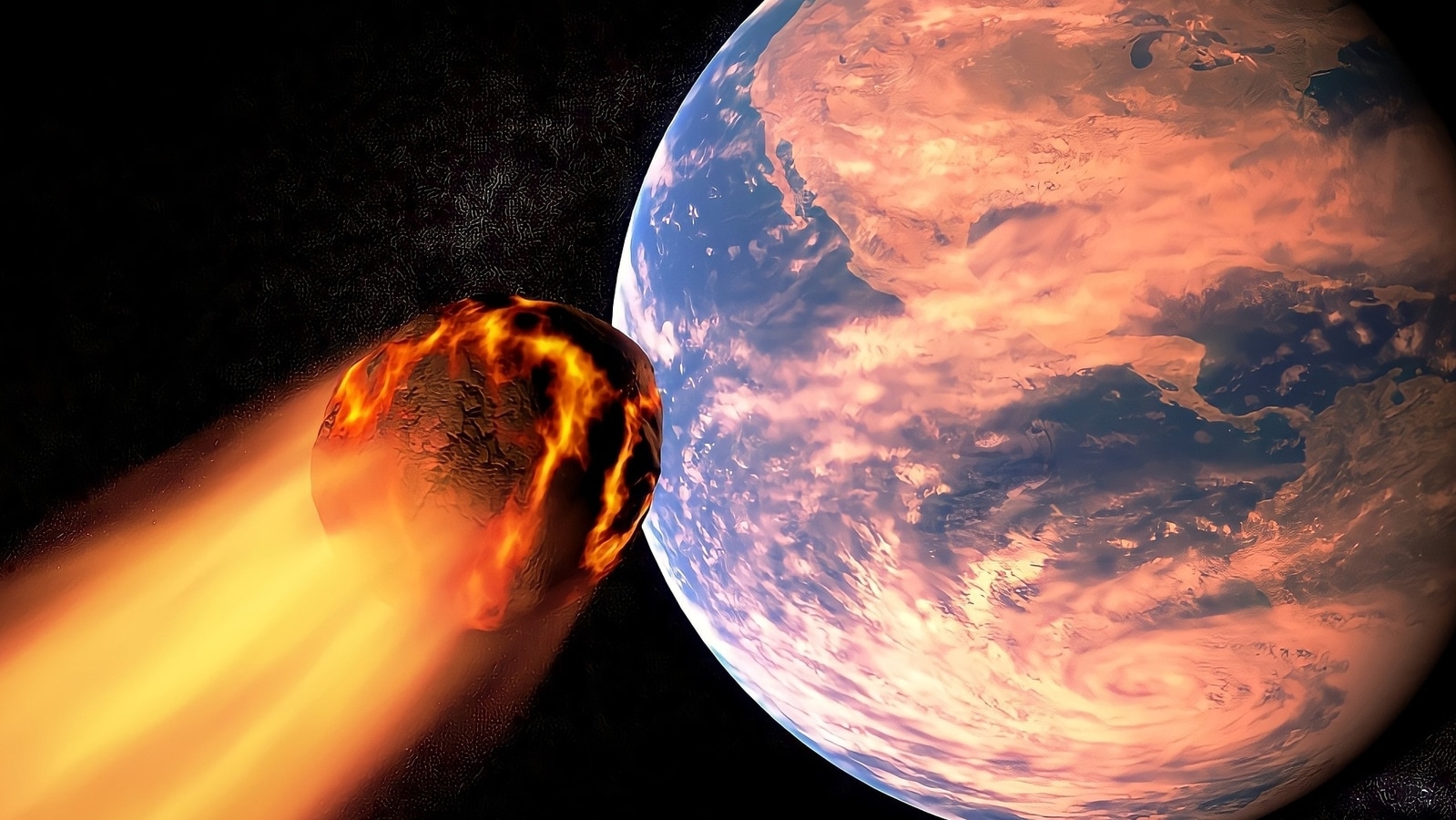BEWARE! A 100-foot wide Killer asteroid is heading towards the Earth, says NASA
2022 QP3, a 100-foot wide asteroid, is going to make its closest approach to the Earth on August 28, according to NASA and can pose a horrific threat to us. What is the likelihood of a strike? Find out.



_1639115875543_1639115887157.jpg)


 View all Images
View all ImagesNASA has just reported an issue of concern. It says that a 100-foot wide asteroid is heading towards the Earth. The massive asteroid is expected to make its closest approach to the Earth on August 28 and there is a slight risk that it might deviate from its path and move towards our planet due to the Earth's gravitational pull. At its size, if the asteroid did strike the planet, it could cause a terrible disaster. Not only would it flatten tens of kilometers of land, the shockwaves will cause damage hundreds of kilometers in all directions. The impact can also cause seismic activity resulting in tectonic plates shifting and resulting in strong earthquakes and tsunamis all over the region. With such a terrifying scenario at hand, how likely is it that the asteroid will strike the Earth? Read on to find out.
A 100-foot asteroid is zooming towards the Earth
There are some key facts about this asteroid revealed by the Jet Propulsion Laboratory and Small-Body database, departments of NASA. The asteroid is named 2022 QP3, where the year describes the first time it was spotted. Due to the fact that this particular space rock wasn't discovered until August 22, not a lot of information is available about it. A close approach of up to 5.5 million kilometers is expected. But do not think it is too far. The Center for Near Earth Object Studies (CNEOS) estimates that it is traveling at 28,548 kilometers per hour and can close the distance to Earth in days.
The asteroid has been labeled as a near-Earth object. NEO asteroids are those which are large enough and close enough to the planet to have a realistic chance of hitting it and causing damage.
However, there is no reason to worry a lot. Based on NASA's prediction models, it appears that the asteroid will not approach too close to the Earth and will pass safely by it. Planetary Defense Coordination Office (PDCO) of NASA is carefully monitoring the planet to ensure that there are no last moment deviations and if it does happen, we find out as soon as possible.
Catch all the Latest Tech News, Mobile News, Laptop News, Gaming news, Wearables News , How To News, also keep up with us on Whatsapp channel,Twitter, Facebook, Google News, and Instagram. For our latest videos, subscribe to our YouTube channel.




























